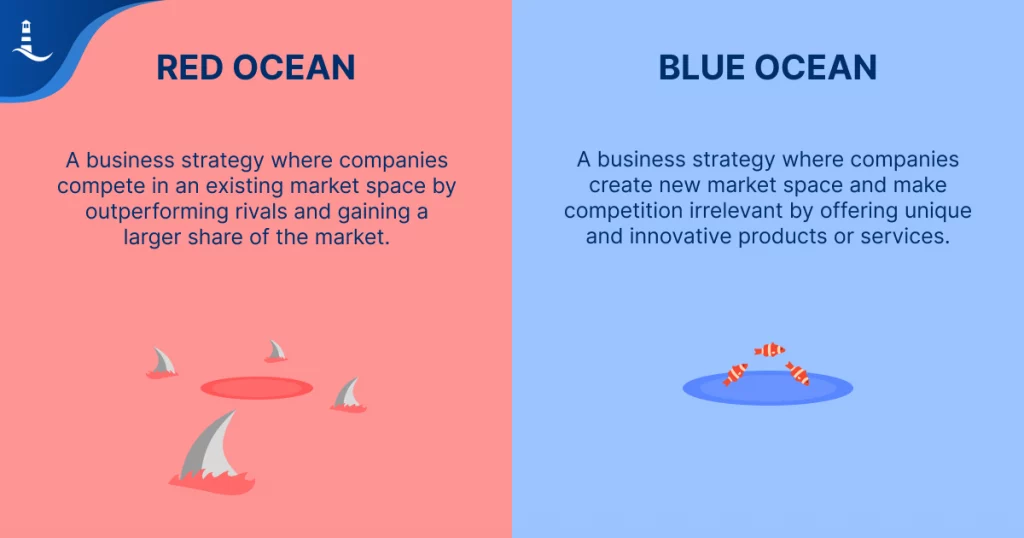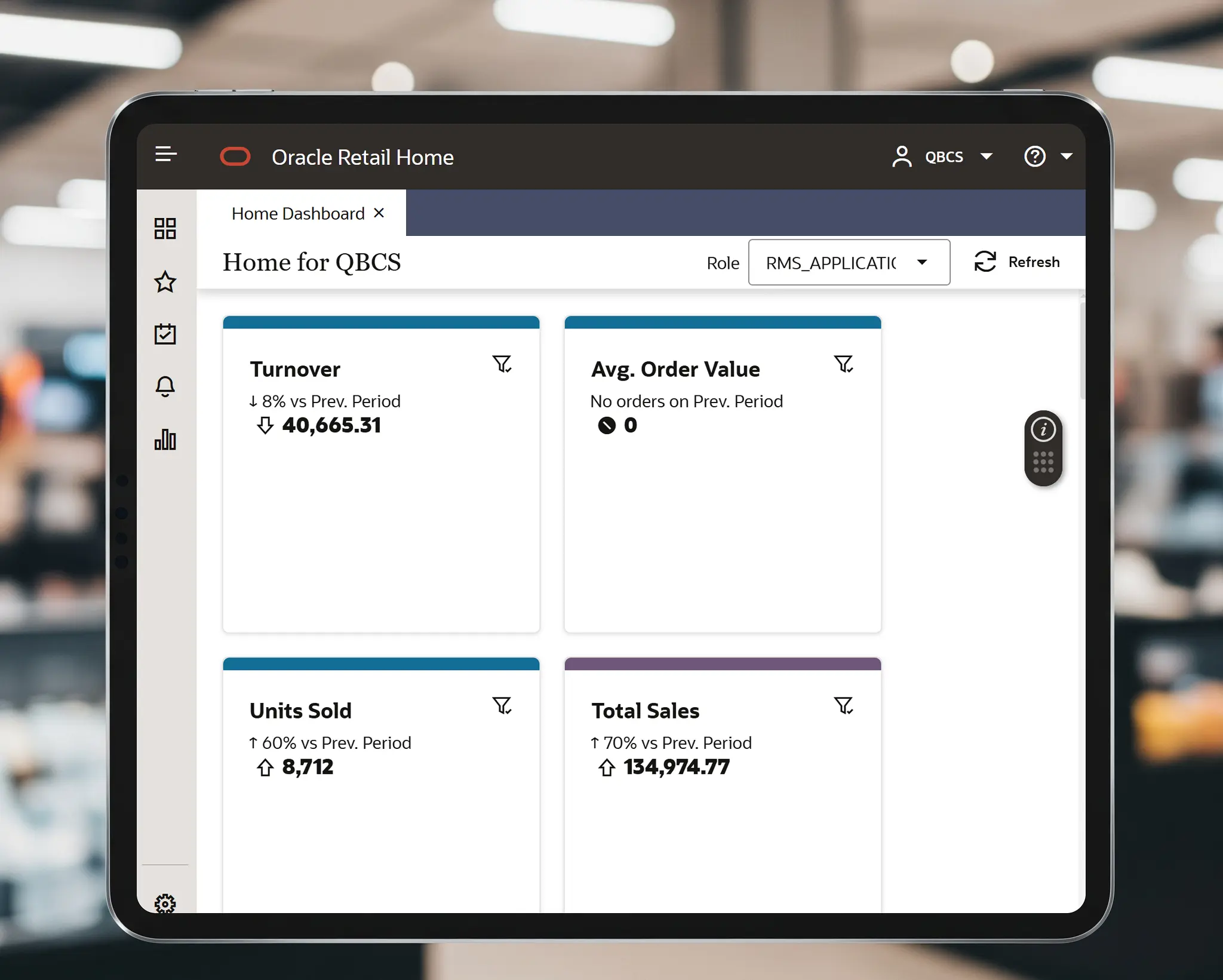How Blue Ocean Strategies Can Help Retailers Stand Out From the Crowd
The retail industry is highly competitive, with businesses vying for the attention of customers. In this crowded market, it can be challenging for retailers to differentiate themselves and stand out from their competitors. One approach that businesses can take is to implement a Blue Ocean strategy, which involves creating new market spaces that are uncontested. In this blog post, we will discuss the concept of Blue Ocean strategies and their importance in the retail industry. We will also provide examples of successful Blue Ocean strategies in retail.
What is Blue Ocean Strategy?
Blue Ocean Strategy is a concept introduced by W. Chan Kim and Renée Mauborgne in their book “Blue Ocean Strategy.” It involves creating new market spaces that are uncontested, rather than competing in overcrowded markets (Red Ocean). Blue Ocean strategies focus on innovation and value creation, rather than competing on price or features. By doing so, businesses can differentiate themselves from their competitors, increase customer loyalty, and generate new revenue streams. Some successful examples of Blue Ocean companies include Cirque du Soleil, Southwest Airlines, and Apple.

The Importance of Blue Ocean in Retail
The retail industry is highly competitive, with businesses vying for customers’ attention and dollars. In this crowded market, it can be difficult for retailers to stand out and differentiate themselves from their competitors. Implementing a Blue Ocean strategy can help retailers create new market spaces, differentiate themselves, and increase customer loyalty. By focusing on creating new markets rather than competing in existing ones, retailers can avoid the downward price pressures that come with a crowded and competitive market. Some successful examples of Blue Ocean strategies in retail include Dollar Shave Club, which created a new market space for affordable, subscription-based razor blades, and Warby Parker, which created a new market space for affordable, stylish eyewear.

How Retailers Can Implement Blue Ocean Strategies
To implement a Blue Ocean strategy, retailers must first identify a potential Blue Ocean opportunity. This involves understanding customer needs and pain points and finding ways to offer something unique and valuable. Retailers should also take steps to create a compelling value proposition and find ways to communicate their offerings effectively to customers. Some key steps to take when creating a Blue Ocean strategy include:
- Identifying and understanding the key factors that drive customer behavior
- Analyzing market trends and identifying potential opportunities for innovation
- Developing a unique value proposition that sets the business apart from its competitors
- Communicating the value proposition effectively to customers through branding, marketing, and advertising
How Blue Ocean strategies are brainstormed at Quickborn

Conclusion
In conclusion, Blue Ocean strategies can be a powerful tool for retailers looking to stand out in the crowded retail industry. By creating new market spaces, retailers can differentiate themselves, increase customer loyalty, and generate new revenue streams. Retailers should consider implementing a Blue Ocean strategy and take steps to identify potential opportunities and create a compelling value proposition. By doing so, retailers can avoid the downward price pressures of a crowded and competitive market and set themselves apart from their competitors.






